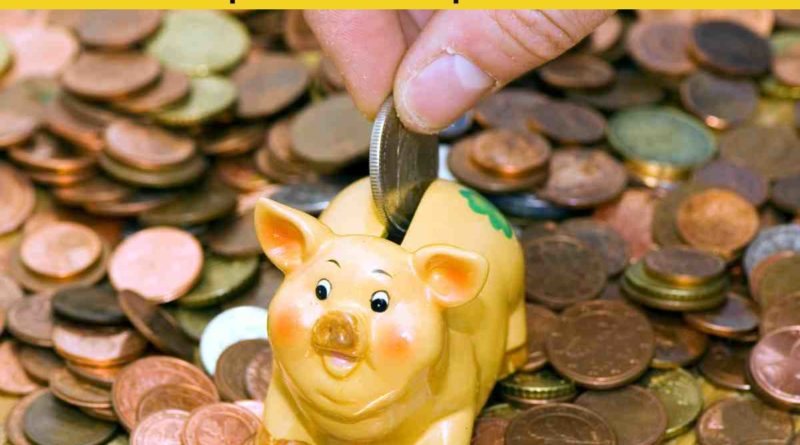Unraveling the Relationship Between Consumption and Disposable Income
Unraveling the Relationship Between Consumption and Disposable Income: The connection between consumption and disposable income is a topic that has intrigued economists and individuals alike. Understanding the relationship between these two factors can shed light on economic trends, individual spending behavior, and overall financial well-being. In this article, we will delve into the concept of consumption in relation to disposable income, exploring its meaning, implications, and the underlying economic principles at play. Join us as we navigate the intricate relationship between consumption and disposable income, providing a comprehensive analysis to help you grasp its significance.
Defining Consumption and Disposable Income
Before we explore the relationship between consumption and disposable income, it is essential to define these terms.
Consumption refers to the process of acquiring and using goods and services to satisfy individuals’ wants and needs. It encompasses various types of spending, including purchases of everyday items, durable goods, and services. Consumption plays a pivotal role in driving economic activity and is a key component of measuring a country’s gross domestic product (GDP).
Disposable income, on the other hand, represents the income available to individuals or households after taxes and other deductions. It is the amount of money that individuals have at their disposal to spend or save as they choose. Disposable income takes into account the taxes paid on income and any transfers received, such as social security benefits or government subsidies.
Understanding the Relationship between Consumption and Disposable Income
The relationship between consumption and disposable income is a fundamental concept in economics. It is often represented by the consumption function, which illustrates how changes in disposable income affect consumption levels. The consumption function is typically expressed as a positive relationship, indicating that as disposable income increases, consumption levels also tend to rise.
Key Factors Influencing the Relationship
Several factors influence the relationship between consumption and disposable income. Understanding these factors can provide insights into consumer behavior and economic trends. Here are some key considerations:
Marginal Propensity to Consume (MPC): The MPC represents the proportion of additional income that individuals choose to spend on consumption. It is a crucial determinant of the relationship between disposable income and consumption. A higher MPC indicates that a larger proportion of additional income is allocated to consumption, resulting in a stronger positive relationship between the two variables.
Income Elasticity of Demand (YED): The YED measures the responsiveness of consumption to changes in income. It helps determine whether a good or service is considered a necessity or a luxury. For normal goods, which have a positive income elasticity, an increase in income leads to a greater increase in consumption. On the other hand, inferior goods have a negative income elasticity, meaning that as income rises, consumption of these goods decreases.
Also, Read Is Todd Piro Related to Judge Jeanine Pirro? Exploring the Legacy of a Familiar Surname
Consumer Confidence and Expectations: Consumer confidence and expectations play a vital role in influencing consumption behavior. When individuals feel optimistic about their financial prospects and the overall economy, they are more likely to increase their consumption levels. Conversely, during times of economic uncertainty or recession, consumer confidence may decline, leading to reduced consumption.
Implications of the Relationship
The relationship between consumption and disposable income carries significant implications for individuals, businesses, and policymakers. Understanding these implications can provide valuable insights into economic behavior and policy decisions. Here are some key implications:
Economic Growth: Consumption is a major driver of economic growth, accounting for a significant portion of GDP in most economies. When disposable income increases, leading to higher consumption levels, it stimulates economic activity and fosters growth.
Savings and Investment: The relationship between consumption and disposable income also affects saving and investment behavior. When disposable income rises, individuals have the choice to either increase their consumption or save the surplus. Higher levels of savings can contribute to increased investment, which can have long-term positive effects on economic development.
Inflation and Price Levels: Changes in consumption patterns resulting from fluctuations in disposable income can influence inflation and price levels. When consumption levels rise significantly due to increased disposable income, it can lead to increased demand for goods and services, potentially driving inflationary pressures.
Follow Us on NewUsaNews Facebook Page
Income Distribution: The relationship between consumption and disposable income highlights the importance of income distribution in shaping consumption patterns. Disparities in income distribution can impact overall consumption levels and economic stability. Policies aimed at reducing income inequality can potentially enhance consumption opportunities for a broader segment of the population.
Unraveling the Relationship Between Consumption and Disposable Income: Conclusion
In conclusion, the relationship between consumption and disposable income is a fundamental concept in economics. As disposable income increases, consumption levels generally rise, highlighting the positive relationship between the two variables. Factors such as the marginal propensity to consume, income elasticity of demand, and consumer confidence influence the strength and dynamics of this relationship. Understanding the implications of this relationship can provide valuable insights into economic behavior, policy decisions, and individual financial well-being. Let us appreciate the significance of the consumption-disposable income relationship in shaping economic trends and informing our understanding of consumer behavior.
